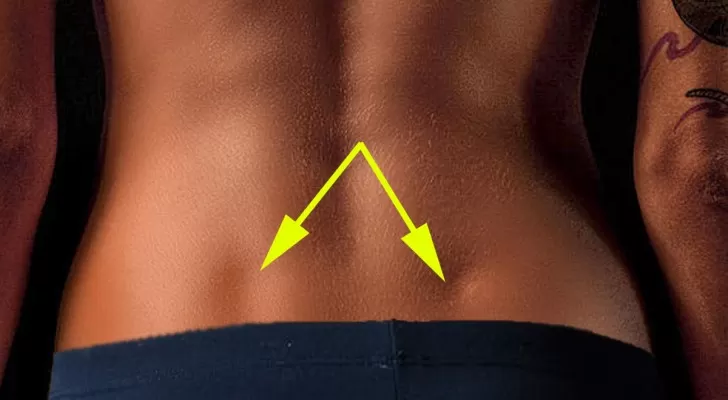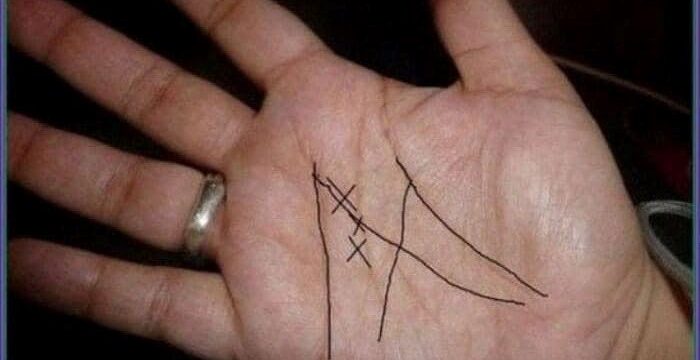What Are Venus Dimples? Discovering the Allure Behind These Unique Lower Back Indentations
Have you ever noticed those small indentations on the lower backs of some people? If you haven’t, it’s not surprising since they’re not all that common. However, once you see them, it’s hard to forget the unique appeal they possess. These charming features even have a special name inspired by the Roman goddess of beauty: they’re called “dimples of Venus.” But what exactly are they, and why do only some people have them while others don’t? Let’s dive into what makes these dimples so intriguing and whether there’s any way to get them.

Understanding Venus Dimples: What Are They?
Medically known as fossae lumbales laterales, or “lateral lumbar indentations,” Venus dimples are the informal name most commonly used to refer to these small, symmetrical depressions. You’ll find them on the lower back, right above the area where the pelvis meets the spine, near the top of the buttocks. Though their medical term might sound a bit complex, the name “dimples of Venus” is widely accepted, even in the medical community, due to its charm and simplicity.
These dimples form due to a small ligament that connects the superior iliac spine (the outer edge of the iliac bone) to the skin. This unique structure creates a subtle indentation on the skin’s surface. The name “Venus” was chosen for a reason — the goddess of beauty herself was often depicted with these dimples. Over time, they became associated with attractiveness and sensuality, earning the reputation of being an “imperfection of beauty” that only adds to one’s allure.

Why Do Some People Have Venus Dimples While Others Don’t?
If you’ve ever wondered why only certain individuals have these dimples, you’re not alone. Scientists believe that these indentations may have a genetic origin. However, research on this phenomenon is still limited, so there’s no conclusive evidence yet. While it’s suspected that genetics play a role, the specific genes responsible for this trait have not been identified. The rarity of Venus dimples only adds to their charm, often making them a feature many wish they had.

Interestingly, these dimples are more commonly found in women than in men. When men do have them, they’re sometimes referred to as “Apollo dimples” after the Greek god Apollo. In both cases, they’re seen as a marker of beauty and sensuality, which explains why they’re so coveted.
Can You Get Venus Dimples Without Surgery?
It’s natural to wonder if there’s a way to acquire these dimples if you weren’t born with them. The short answer is no, there’s no specific exercise that can create Venus dimples. Since these indentations are not formed by muscle but rather by ligaments, no amount of muscle toning will cause them to appear if you don’t already have the genetic predisposition.
However, if you’re one of the lucky ones born with Venus dimples, there are ways to make them stand out more. By losing excess weight and staying fit, you can make these indentations more noticeable. Regular exercise and a healthy diet can help tone the surrounding areas, making the dimples appear deeper and more defined. But for those without them, no amount of training or sculpting will magically create these unique dimples.
Some people, driven by the desire to have Venus dimples, go as far as to undergo cosmetic surgery to achieve this look. This procedure, while not extremely common, involves creating artificial dimples through minor incisions. But before considering such a step, it’s essential to weigh the risks and understand that these dimples are merely a minor aesthetic feature, not a defining trait of one’s beauty.
The Allure and Cultural Significance of Venus Dimples
The allure of Venus dimples goes beyond simple physical attractiveness. In many cultures, they are seen as a symbol of good health, fitness, and even fertility. They are often associated with a person’s vitality and well-being, which is why they’re frequently featured in art and media as a representation of beauty.
There’s something inherently appealing about rarity, and this certainly applies to Venus dimples. Because not everyone has them, they carry a certain air of exclusivity that attracts envy and admiration. It’s no wonder that many people see them as a desirable feature — after all, we often want what we cannot easily have.
Do You Have the Coveted Dimples of Venus?
So, do you possess these small yet alluring indentations, or have you always wanted them? Perhaps you’ve noticed them on a friend, a partner, or even a stranger and wondered what they signify. Regardless of whether you have them or not, Venus dimples are just one of those little quirks of the human body that remind us of how unique we all are.

If you do have them, consider yourself lucky — they are considered a hallmark of beauty and a symbol of good genes. And if you don’t, rest assured, they’re just one of the many characteristics that contribute to beauty in its countless forms. Remember, beauty comes in all shapes, sizes, and features, whether you have dimples of Venus or not.
Final Thoughts
In a world where people are constantly striving to achieve the “perfect” look, it’s refreshing to appreciate the small, natural features that make us who we are. Venus dimples might not be something you can work for or buy (unless you’re willing to go under the knife), but they serve as a reminder that beauty often lies in the unique and unexpected.
So, the next time you catch a glimpse of those subtle indentations on someone’s back, know that they’re not just random marks. They’re a sign of a rare and natural beauty — one that has fascinated people for centuries and continues to do so today.





